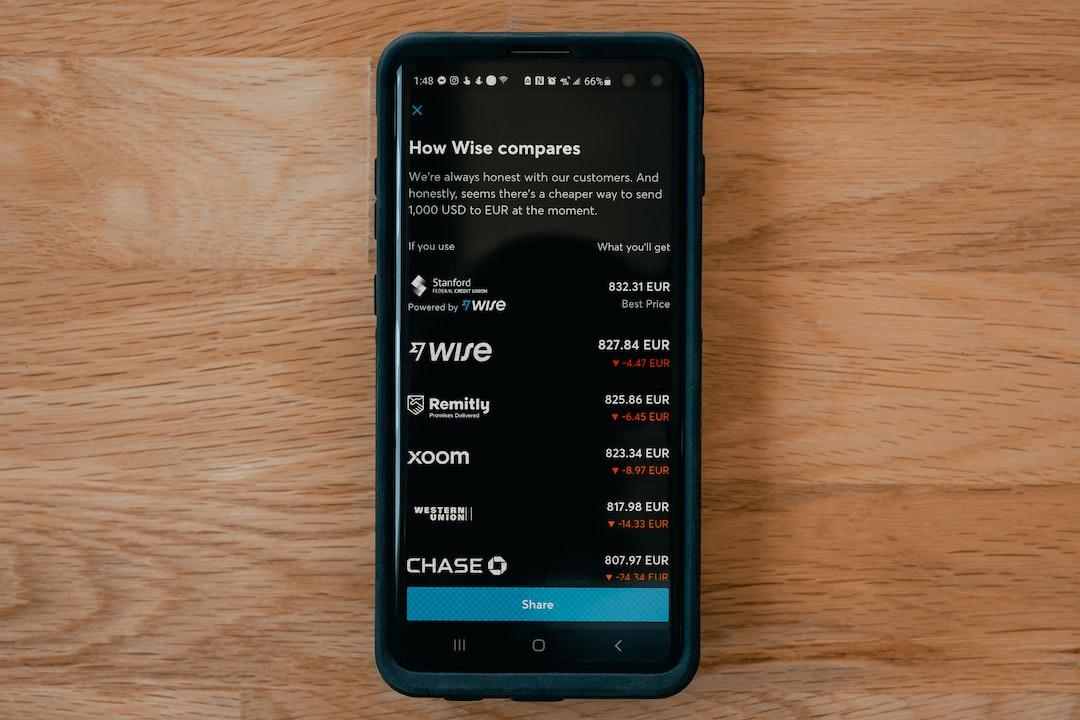strategy_financing
Strategy: This Time, No Debt or Stock Sales—Just an 8% Interest “Super Credit Card”
(Previous Report: Strategy Plans to Issue “$21 Billion in Preferred Stock” to Continue Buying Bitcoin, but Strategy’s Stock Price Has Halved from Its All-Time High)
(Background: Special Report by Shen Yu—Strategy’s Bitcoin Leverage Game: Who Bears the Risk, Who Profits?)

Recently, Strategy (formerly known as MicroStrategy) officially filed documents with the U.S. Securities and Exchange Commission (SEC), planning to issue up to $21 billion in 8% Series A perpetual preferred stock. This move has drawn market attention, as it not only involves large-scale capital raising but could also have profound implications for Strategy’s Bitcoin acquisition strategy.
According to official filings, these preferred shares have a par value of $100 per share with an annualized interest rate of 8%, paying dividends quarterly in the form of cash, common stock, or a combination of both. Additionally, the preferred shares can be converted into common stock at a 10:1 ratio, meaning every 10 preferred shares can be exchanged for 1 common share.
This issuance will be conducted through an “at-the-market” (ATM) offering, allowing the company to directly sell preferred stock in the market, similar to the ATM issuance of common stock. This means that Strategy now has both common stock and preferred stock ATM financing channels.
Evolution of Strategy’s Financing Methods
Before analyzing Strategy’s latest financing method, let’s briefly review how the company has historically acquired Bitcoin.
Initially, as a software company, Strategy used idle cash reserves to purchase Bitcoin, acquiring 40,700 BTC in the early stages.
As the company increased its Bitcoin investments, it began using convertible bonds for financing. Convertible bonds allow investors to convert debt into company shares under specific conditions, offering downside protection while also providing potential upside. Through this method, Strategy acquired 119,481 BTC.
In addition to convertible bonds, Strategy also issued senior secured notes, a lower-risk, collateral-backed debt instrument with a fixed return model, financing the purchase of 13,005 BTC.
As MSTR stock prices surged, the company shifted to ATM stock issuance from 2021 onward. ATM financing is widely used in the U.S., allowing publicly listed companies to issue new shares at market prices to raise capital.
On February 20 this year, Strategy issued $2 billion in convertible senior notes. However, this form of financing required more extensive regulatory review, leading to speculation that the company’s Bitcoin purchasing pace would slow.
Now, with the filing of a $21 billion perpetual preferred stock issuance, market expectations for Strategy’s aggressive Bitcoin purchases are back in full force.

Number of BTC Held by Strategy. Source: bitcointreasuries.net
How Are Preferred Shares Different?
Compared to previous financing methods, Strategy’s perpetual preferred stock issuance has distinct structural differences. While the company has historically relied on debt financing and stock issuance, this preferred stock approach finds a middle ground between traditional equity and debt financing.
The key distinction between preferred and common stock is that preferred stock is not entirely dependent on company performance, has no fixed maturity date, and does not require principal repayment. It acts as a hybrid financial instrument, providing regular dividend yields while being convertible into common stock under certain conditions.
For Strategy, this means the company can continuously raise funds through preferred stock issuance without facing the repayment pressure of traditional debt financing. Compared to previous convertible bonds and secured notes, this method offers greater flexibility and reduces short-term financial burdens.
However, this approach is not without cost. The preferred stock carries an 8% annualized dividend rate—significantly higher than the 0%-0.75% rate of past convertible bonds and the 6.125% rate of secured notes. The main concern for the market is how the company will afford these dividend payments.
Analysts speculate that Strategy may cover the funding gap by issuing more common stock via ATM offerings or even paying dividends in stock. While this strategy allows for rapid capital acquisition, it could lead to dilution of common shareholders’ equity.
Is It a Good Bet?
If Strategy’s perpetual preferred stock issuance is approved, it could inject new momentum into the Bitcoin market.
In simple terms, this preferred stock issuance gives the company a more flexible, long-term financing tool to buy Bitcoin. Unlike past debt or stock sales, perpetual preferred stock has no fixed repayment schedule, allowing Strategy to continue raising funds indefinitely.
Moreover, since this issuance follows an ATM-style stock offering, Strategy can sell preferred shares whenever needed, without waiting for regulatory approval or securing specific investors like in traditional bond financing.
This could mean that Strategy’s Bitcoin purchasing pace may accelerate and become more consistent over time.
However, given the current market downturn, is such an aggressive financing approach appropriate?
Goldman Sachs senior analyst James Carter stated, “Strategy’s $21 billion preferred stock issuance plan demonstrates Saylor’s extreme optimism about Bitcoin, but such a highly leveraged move in the current bearish market could amplify volatility risks.”
Citigroup fintech researcher Michael Evans added, “Amid a pressured crypto market, Strategy’s decision reflects its long-term outlook. If the market rebounds, the returns could be enormous, but for now, investors should watch capital flows and sentiment shifts closely.”
Since perpetual preferred stock involves a complex financing structure, SEC approval may take several months.


